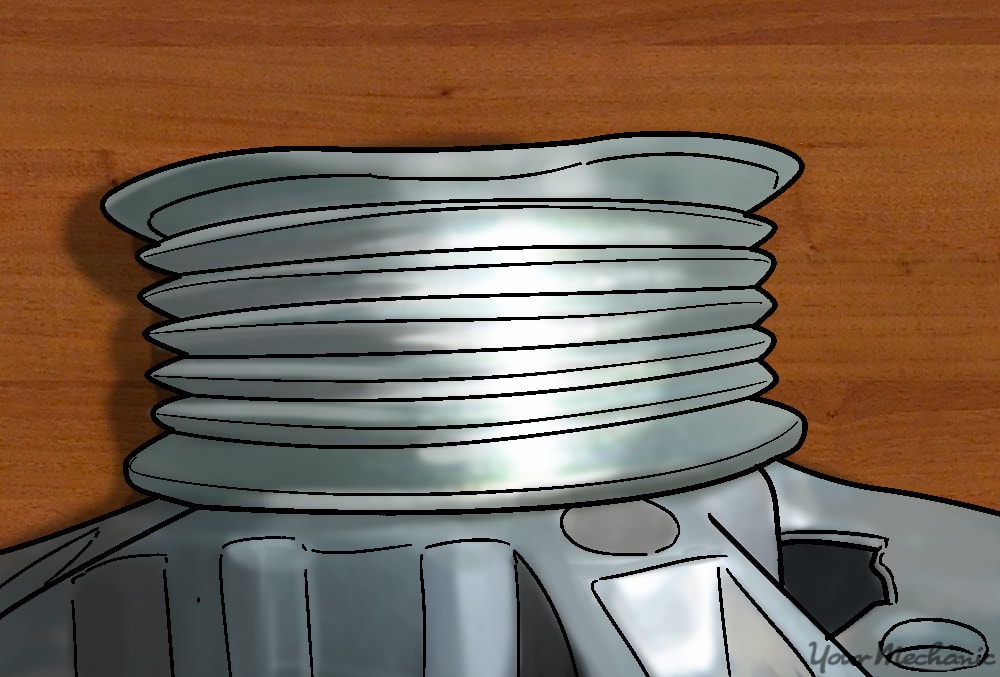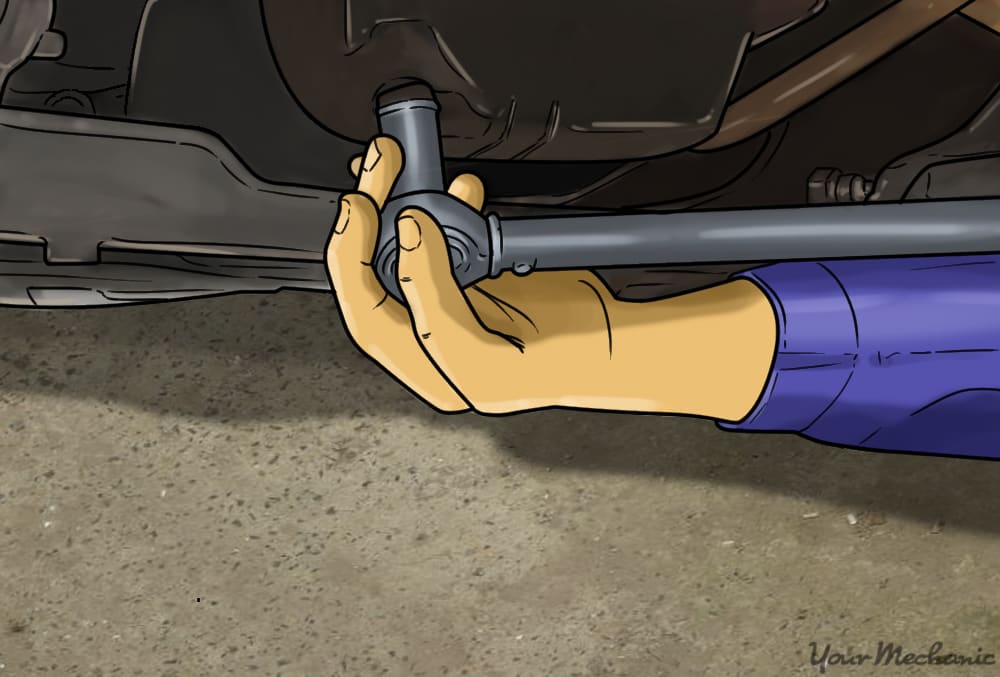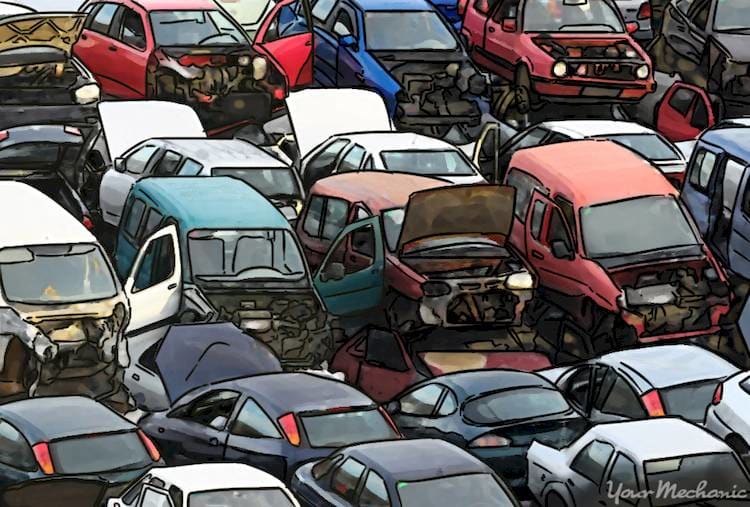

Buying replacement parts for your vehicle can be expensive. New parts can cost a lot, and the labor needed to install them adds on to the overall cost. Luckily, you can go to a junkyard to find used car parts that cost less. In fact, some people have been using junkyards as used-part bins for decades!
Junk yards buy totaled vehicles that still have usable, working parts on them that they sell to car owners for less than the same part would cost new. They sometimes charge a small entrance fee to the junkyard, but they let you search all of the cars they have for parts to use. Anything that you find and want to keep, you’ll have to pay for, but those parts will be much cheaper than brand new ones. The great thing about the junkyard is that you can find parts that have barely been used at all, such as in the case of newer cars that have been in accidents but were not repairable.
Also, keep in mind that you have two basic options when visiting a junkyard: locations where you remove the part yourself and those where they remove the part for you. While a junkyard that does all the work for you is convenient, it may be more expensive to purchase a part from them.
Part 1 of 4: Remove all parts that need to be replaced
Material Needed
- Tools (to remove the part)
Step 1: Inspect your vehicle. Before traveling to the junkyard, inspect your vehicle and the part that you need to replace to make sure you know all of the tools and spare parts you need.
Remove the part you wish to replace and practise removing it so that it is easier for you to extract it from a vehicle in the junkyard.
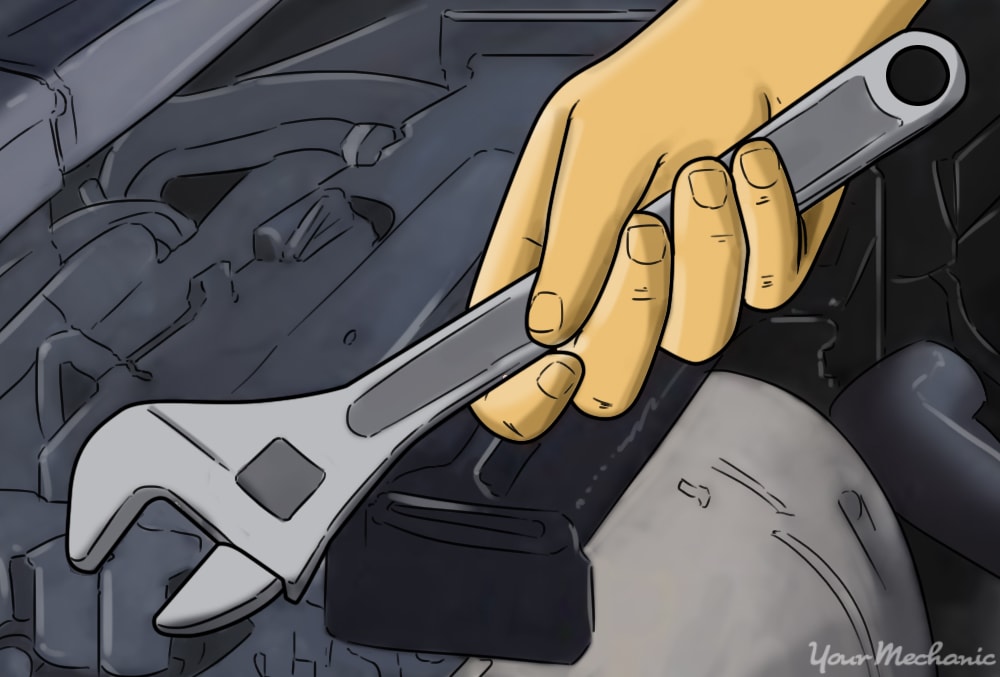
Step 2: Examine the part. Inspect the part you need to replace, paying attention to where it is secured and check if you have to remove any other parts to reach it.
Try different wrenches and sockets to see what size fits each bolt.
- Tip: You might also find that you do not have a particular size of wrench or socket that you need, and seeing which sizes you need beforehand allows you to purchase the proper ones before traveling to the junkyard.
Step 3: Remove the old part. If you do not need to use your vehicle to travel to the junkyard, remove the parts that you need to replace. This allows you to practice removing the part, making it easier to remove in the junkyard.
- Tip: Double check ahead of time if you can use power tools at the junkyard you are going to visit. Power tools will make your life much easier when getting what you need from the junked car, but some places don’t allow them.
Step 4: Store any nuts and bolts. Once you have removed the part, store any nuts or bolts you removed during the process and store them so that you can reuse them, if needed.
- Tip: You might need to replace some nuts and bolts that have become worn. Take note of which ones you need to replace and the sizes, and take a trip to the auto parts store before returning home with the replacement part.
Part 2 of 4: Research your vehicle
Just because two vehicles weren’t made in the same year doesn’t mean that they don’t share parts. Cars go through periods of a few years of using the same body style. Within these periods, many parts are the same and can be used interchangeably. Even different makes will sometimes use the same parts. There are quite a few sibling cars out there that may look very different on the outside but are very similar internally. This will help broaden the pool of cars you can choose from and make it easier to find a compatible piece. Add this information to your list for your reference.
Step 1: Check the compatibility of the parts. Perform an online search to find information about various years, models, and makes of vehicles to see if other vehicles by the same manufacturer use the same parts as your particular vehicle.
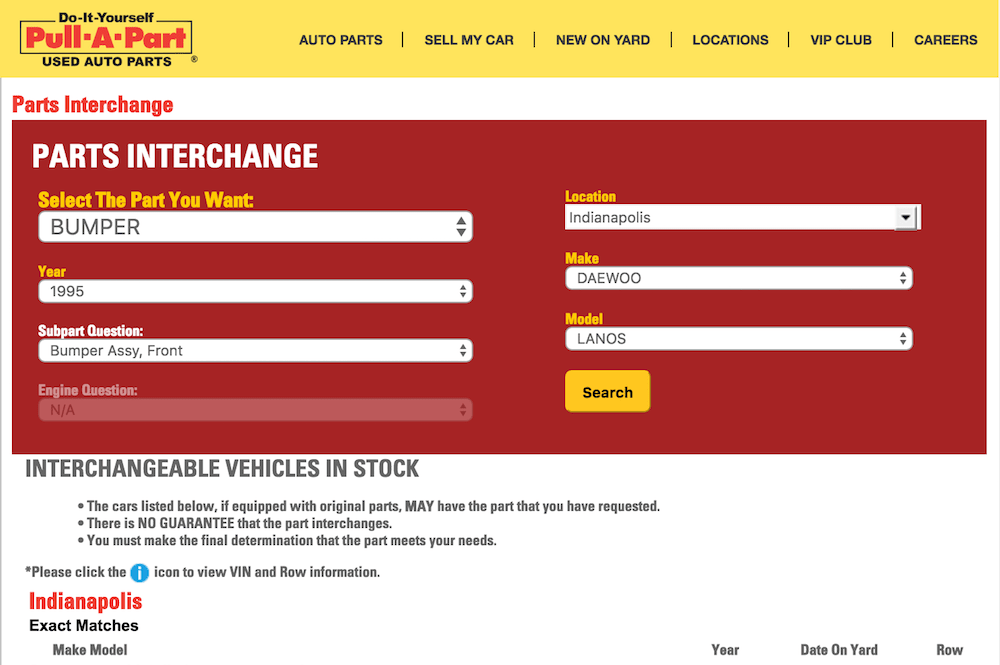
You can usually look up compatible parts on a parts interchange guide, such as Pull-A-Part online.
Step 2: Find information about testing different parts. Along with researching compatibility, look up some quick tests for parts with moving internal pieces.
Parts like a starter or alternator may seem okay from the outside, but internal damage can prevent it from working properly.
Part 3 of 4: Examine the parts before removing them
Materials Needed
Inspecting the parts before removing them can save you the trouble of removing bad or damaged parts from the junked vehicle. While it is impossible to tell the condition of a part and if it works or not just by looking at it, parts that show no damage might still work.
- Tip: When searching for a junkyard to visit, look for those that offer some sort of warranty on the parts you buy from them. At least then you can return and exchange the part if it turns out not to work properly.
Step 1: Examine the part before removal. Take a look at the parts from every angle possible before removing them to make sure it is undamaged and will work for you.
Even small external damage could mean something is damaged internally, so it’s best to go with the best-looking part you can find.
- Tip: It’s a good idea to look for multiples of the same part so that you have a few options to choose from.
Step 2: Look for rust and damage. Be sure to look for excessive rust, dents, scratches, or gouges on the part.
Step 3: Test parts. If you are looking for ignition parts, such as a starter or alternator, take a portable jump starter and a circuit tester with you to the junkyard.
Hook the portable jump starter to the connectors on the end of the starter and use the circuit tester to see if it is carrying a current properly. Do the same process if you need an alternator.
Part 4 of 4: Remove the parts that were inspected
Materials Needed
- Metal cutter
- Tools (to remove the part)
Once you have performed any tests to ensure that the part still works, it is time to remove the part. Remember that the rest of the car doesn’t need to remain intact. As long as the part itself isn’t damaged, feel free to cut off any mounts if the bolts are rusted tight. Now you can take the part home where you have more tools and the time to get it ready for installation.
Step 1: Remove the part using tools. If the bolts are still in good shape and accessible, use your tools to remove the used part.
- Tip: Remember to take the fasteners for the spare part, especially if you know that you will need replacement nuts and bolts.
Step 2: Cut the part out. If the part looks good but is hard to reach, possibly due to damage to the vehicle, you may need to cut it out.
Using a metal cutter, such as a pair of shears, cut the part out of the vehicle, taking care not to damage the part when doing so. If you know how to use it and if the junkyard permits you to use it, you can also use a cutting torch to extract hard-to-remove parts.
Finding the parts you need at a junkyard can save you money. Luckily, many cars that are totaled still have plenty of working pieces that may not have seen very much use.
If you have any questions about buying replacement parts from a junkyard, make sure to contact a certified mechanic from YourMechanic and ask them for more information.


